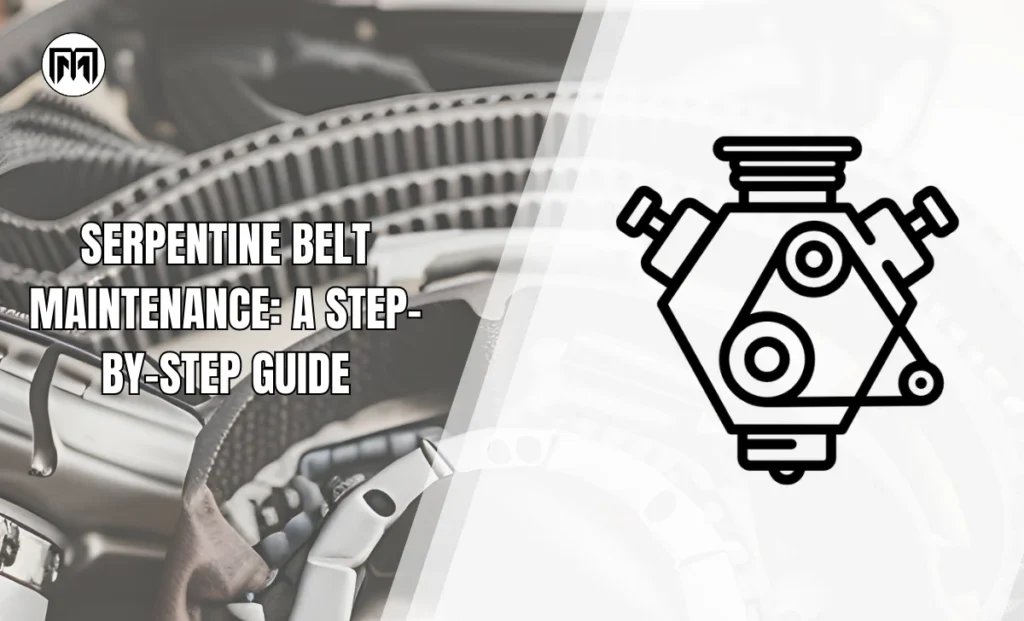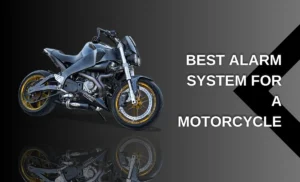The serpentine belt is a key but sometimes neglected component in the field of automobile engineering which plays a fundamental part in the smooth operation of modern cars. This invisible strip of rubber, linked with modern technology, provides an essential component that makes up the vehicle’s engine system. Its function remains nothing small of essential because it synchronizes different engine parts, ensuring that they live peacefully. We explore the relevance of the serpentine belt is where its essential duties, and the value of regular care in this piece.
CONTENTS
The Evolution of Serpentine Belts
Before the introduction of serpentine belts, older vehicles relied on multiple belts to operate various engine components. These types of belts required regular correcting and were at risk of sliding and breaking. By combining these separate belts onto a single, continuous belt, the serpentine belt, developed in the late 1970s, revolutionized car engineering. This reduced space requirements and increased reliability.
Made from high-quality rubber reinforced with various materials, such as polyester or Kevlar, serpentine belts have evolved significantly in terms of durability and longevity. Serpentine belts in use today are more dependable than ever before because they have been constructed to handle extreme temperatures, stress, and wear.
Critical Functions of the Serpentine Belt
- Power Distribution: The primary role of the serpentine belt is to transmit power from the engine’s crankshaft to various engine accessories, such as the alternator, air conditioning compressor, power steering pump, and water pump. This efficient power distribution ensures that these components operate smoothly and optimally.
- Tension Maintenance: The serpentine belt is held in place by a tensioner, which maintains the proper tension required for optimal power transfer. The tension is meant to apply constant force to the belt, correcting for wear and tear and preventing slack, that may result in failure of the component.
- Harmonization of Engine Components: As the serpentine belt synchronizes the engine components, they work in tandem to ensure the vehicle’s optimal performance. From charging the battery to cooling the engine, the serpentine belt facilitates a well-coordinated system.
The Consequences of Serpentine Belt Failure
A serpentine belt failure can have catastrophic consequences for the vehicle. Since the belt powers essential components like the alternator and water pump, failure may lead to:
- Electrical System Malfunction: With the alternator out of commission, the battery will not receive a charge, leading to a complete electrical system shutdown.
- Engine Overheating: A malfunctioning water pump will fail to circulate coolant through the engine, resulting in overheating and potential engine damage.
- Loss of Power Steering: Without power steering assistance, steering becomes significantly more challenging, especially at low speeds or during tight maneuvers.
- Inoperative Air Conditioning: In hot weather, a faulty serpentine belt can cause the air conditioning compressor to cease functioning, leaving occupants uncomfortable and potentially compromising safety if the windows fog up.
Importance of Regular Serpentine Belt Maintenance
Given the serpentine belt’s critical role in a vehicle’s operation, proactive maintenance is essential to ensure its longevity and prevent untimely failures. Here are some tips to maintain the serpentine belt:
- Visual Inspection: Regularly inspect the belt for signs of wear, cracks, fraying, or glazing. If any of these issues are detected, the belt should be replaced promptly.
- Tension Check: Periodically check the tension of the belt using the recommended procedure outlined in the vehicle’s manual. Too much or too little tension can lead to premature wear or slippage.
- Replacement Schedule: Follow the manufacturer’s recommended replacement schedule for the serpentine belt. This can typically be found in the vehicle’s manual.
- Quality Replacement: When it’s time to replace the serpentine belt, always opt for a high-quality, manufacturer-recommended belt to ensure optimal performance and longevity.
If you get more detail about the Serpentine Belt Maintenance – Click here
Conclusion
The serpentine belt, although often overlooked by more noticeable and flashy car components, is nevertheless an important backbone for modern automobiles. Its efficient distribution of power and engine component synchronization render it an essential component of a vehicle’s flawless operation. Regular maintenance and care for this unassuming yet essential component can extend its lifespan and safeguard the vehicle’s reliability on the road. Never underestimate the value of your serpentine belt; it’s the unsung hero of every vehicle.
Check the Power Steering Leak: Detect & Fix Guide



